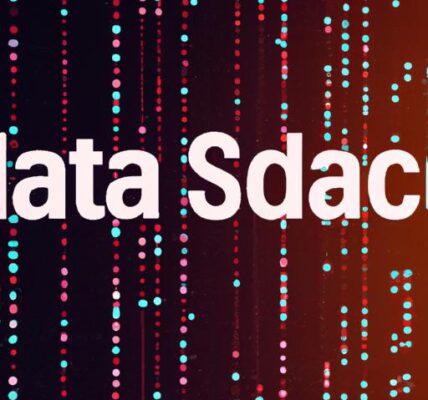Introduction
In the realm of database management, navigating the complexities of handling data efficiently is paramount. This is where sql server data tools step into the spotlight, offering a robust solution for developers and database administrators alike. Providing a seamless integration of tools within its environment, SQL Server Data Tools revolutionize the way databases are designed, deployed, and managed.
A. Overview of SQL Server Data Tools
SQL Server Data Tools, commonly known as SSDT, serves as an integrated development environment (IDE) tailored specifically for database projects. With its user-friendly interface and comprehensive features, SSDT simplifies the database development process, allowing for smooth collaboration and efficient workflow.
B. Importance of SQL Server Data Tools in Database Management
Imagine a world where database management is a breeze, where schema changes are effortlessly implemented, and database projects are deployed seamlessly. This is the reality that SQL Server Data Tools bring to the table. By streamlining the development process, enhancing version control capabilities, and facilitating data comparison and synchronization, SSDT plays a crucial role in ensuring the smooth operation of databases. Let’s delve deeper into the world of SQL Server Data Tools and unlock its full potential.
Features of SQL Server Data Tools
A. Integrated Development Environment (IDE)
SQL Server Data Tools offers a comprehensive Integrated Development Environment (IDE) that empowers developers to create and manage database projects with ease. With a user-friendly interface and a wide range of tools at your disposal, the IDE streamlines the development process, making it efficient and hassle-free.
B. Database Project Support
One of the key features of SQL Server Data Tools is its robust support for database projects. Whether you are creating a new project or working on an existing one, SSDT provides the necessary tools and functionalities to manage database schema changes, version control, and deployment, ensuring a smooth and seamless project development experience.
C. Data Comparison and Synchronization Tools
In the world of database management, data comparison and synchronization are essential tasks. SQL Server Data Tools simplifies these processes by offering tools that allow you to compare data between databases, identify differences, and synchronize data efficiently. With these tools at your disposal, you can ensure data consistency and accuracy across your databases.
How to Use SQL Server Data Tools
A. Creating a New Database Project
When diving into the world of SQL Server Data Tools, the first step is often creating a new database project. This process involves setting up the project structure, defining the database schema, and establishing the foundation for your database development journey. With SQL Server Data Tools’ intuitive interface, creating a new database project is a seamless experience, empowering you to kickstart your database development journey with ease.
B. Managing Database Schema Changes
In the dynamic landscape of database management, adapting to evolving requirements and incorporating schema changes is a common occurrence. SQL Server Data Tools equips you with the tools needed to effectively manage database schema changes. Whether it’s adding new tables, modifying existing columns, or restructuring relationships, SSDT provides a structured approach to ensure seamless integration of schema changes without disrupting the database’s functionality.
C. Deploying Database Projects to SQL Server Instances
After meticulously crafting and refining your database project, the next crucial step is deploying it to SQL Server instances for implementation. SQL Server Data Tools streamlines this process, offering a smooth deployment experience that ensures your database project is seamlessly integrated into the designated SQL Server environment. By leveraging the deployment capabilities of SSDT, you can confidently roll out your database projects with efficiency and precision.
Benefits of Using SQL Server Data Tools
A. Improved Collaboration Among Developers
Enhancing collaboration among developers is a cornerstone of successful database management. SQL Server Data Tools fosters a collaborative environment where team members can work cohesively on database projects, share insights, and streamline communication. By providing a centralized platform for developers to work on database schemas and implement changes seamlessly, SSDT promotes teamwork and boosts productivity.
B. Streamlined Database Development Process
Efficiency is key in the fast-paced world of database management. SQL Server Data Tools excels in streamlining the database development process, offering a range of features that simplify tasks such as creating new database projects, managing schema changes, and deploying projects to SQL Server instances. With SSDT, developers can work more efficiently, saving time and resources while ensuring the smooth progression of database projects.
C. Version Control and Change Tracking Capabilities
Maintaining control over database versions and tracking changes is essential for ensuring the integrity and stability of database projects. SQL Server Data Tools comes equipped with robust version control and change tracking capabilities, allowing developers to monitor and manage changes effectively. By providing a clear audit trail of modifications and enabling developers to revert to previous versions if needed, SSDT empowers users to maintain database consistency and reliability.


